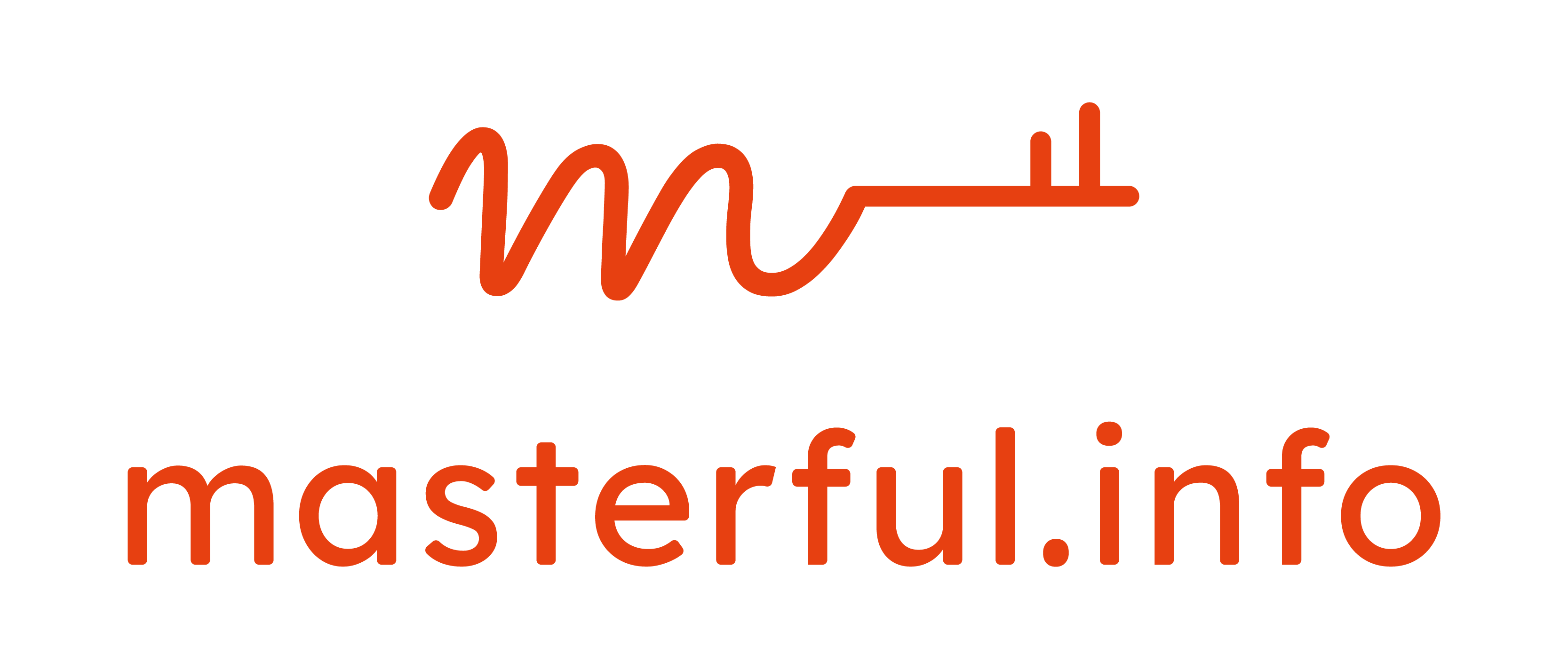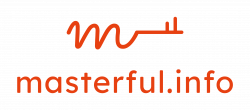Good communication is essential for any business to succeed, and this is especially true for those that rely on client interactions. Communicating with clients can present unique challenges, but with the right strategies, it can also be a rewarding experience that leads to increased trust and loyalty.
This comprehensive guide will explore effective strategies for communicating with clients, including active listening, clear and concise communication, tips for dealing with difficult clients, best practices for written communication, and the latest tools and technologies for client communication. By the end of this guide, you’ll have the knowledge and skills you need to communicate effectively with your clients and build stronger, more productive relationships.
Why Effective Communication with Clients is Important
Effective communication with clients is vital for any business that relies on their patronage. Poor communication can lead to misunderstandings, lost business, and even legal problems. On the other hand, effective communication can build trust, increase loyalty, and ultimately lead to increased revenue.
Good communication starts with understanding your clients’ needs and expectations. By communicating effectively, you can learn what your clients want and how best to deliver it. This can help you tailor your products and services to meet their needs and increase customer satisfaction.
Common Communication Challenges with Clients
Communicating with clients can present unique challenges, including language barriers, cultural differences, and differing communication styles. Additionally, clients may be emotional or stressed, which can make communication more difficult.
One of the most common communication challenges with clients is the use of jargon or technical language. Clients may not be familiar with industry-specific terms, so it’s important to use plain language whenever possible. Another challenge is managing client expectations. Clients may have unrealistic expectations or may not understand the limitations of your products or services. Effective communication can help manage these expectations and prevent misunderstandings.
Strategies for Communicating Effectively with Clients
There are several strategies you can use to communicate effectively with clients. One of the most important is active listening. Active listening involves paying attention to what the client is saying, clarifying any misunderstandings, and responding appropriately. This can help build trust and ensure that you understand the client’s needs and expectations.
Another strategy is to use clear and concise communication. This involves using simple language, avoiding jargon or technical terms, and being direct and to the point. This can help prevent misunderstandings and ensure that the client understands your message.
Active Listening and Its Role in Client Communication
Active listening is a critical component of effective communication with clients. It involves not only hearing what the client is saying but also understanding their perspective and responding appropriately. Active listening can help build trust, increase empathy, and improve the overall quality of communication.
To practice active listening, it’s important to give the client your full attention. This means avoiding distractions, such as your phone or computer, and focusing on the client’s words and body language. It’s also important to ask clarifying questions and restate the client’s concerns to ensure that you understand their perspective.
Tips for Communicating with Difficult Clients
Dealing with difficult clients can be challenging, but with the right strategies, it is possible to turn the situation around. One of the most important tips for communicating with difficult clients is to remain calm and professional. It’s also important to listen actively and acknowledge the client’s concerns, even if you don’t agree with them.
Another tip is to focus on finding a solution rather than placing blame. This can help de-escalate the situation and ensure that the client feels heard and understood. Finally, it’s important to set clear boundaries and expectations for the client’s behavior. This can help prevent future conflicts and ensure that the client understands what is expected of them.
Importance of Clear and Concise Communication
Clear and concise communication is essential for effective client communication. Using simple language and avoiding jargon or technical terms can help prevent misunderstandings and ensure that the client understands your message. Additionally, being direct and to the point can help save time and increase efficiency.
Clear and concise communication is especially important in written communication, such as emails or letters. It’s important to use short sentences and paragraphs, bullet points, and headings to make the message easy to read and understand. Proofreading and editing can also help ensure that the message is clear and error-free.
Best Practices for Written Communication with Clients
Written communication with clients is becoming increasingly important in today’s digital age. Email, social media, and instant messaging are all popular ways to communicate with clients, but it’s important to use best practices to ensure that the message is clear and professional.
One of the best practices for written communication with clients is to use a professional tone and format. This means avoiding slang, emoticons, and abbreviations, and using proper grammar and spelling. It’s also important to use a clear subject line and to keep the message short and to the point.
Tools and Technologies for Effective Client Communication
There are many tools and technologies available to help businesses communicate effectively with clients. One of the most popular is customer relationship management (CRM) software, which can help manage client interactions and track communication history.
Other tools and technologies include email marketing software, social media management tools, and instant messaging platforms. These tools can help businesses communicate with clients efficiently and effectively, while also providing valuable data and insights into client behavior and preferences.
How to Handle Misunderstandings and Conflicts with Clients
Misunderstandings and conflicts are inevitable in any client relationship, but with the right strategies, they can be resolved quickly and effectively. One of the most important strategies is to remain calm and professional, even in the face of anger or frustration.
Another strategy is to listen actively and acknowledge the client’s concerns. This can help de-escalate the situation and prevent it from escalating further. Finally, it’s important to work collaboratively with the client to find a solution that meets both parties’ needs.
Measuring the Success of Your Client Communication Strategies
Measuring the success of your client communication strategies is essential to ensure that they are effective and meeting your business goals. One way to measure success is to track client satisfaction through surveys or feedback forms.
Another way is to track key performance indicators (KPIs) such as response time, resolution time, and customer retention. These metrics can help you identify areas for improvement and ensure that your communication strategies are delivering the desired results.
Conclusion
Effective communication with clients is essential for any business that relies on their patronage. By using strategies such as active listening, clear and concise communication, and best practices for written communication, businesses can build trust, increase loyalty, and ultimately increase revenue. With the right tools and technologies, businesses can communicate with clients efficiently and effectively, while also gaining valuable insights into client behavior and preferences. By measuring the success of their communication strategies, businesses can ensure that they are meeting their goals and delivering the best possible experience to their clients.





